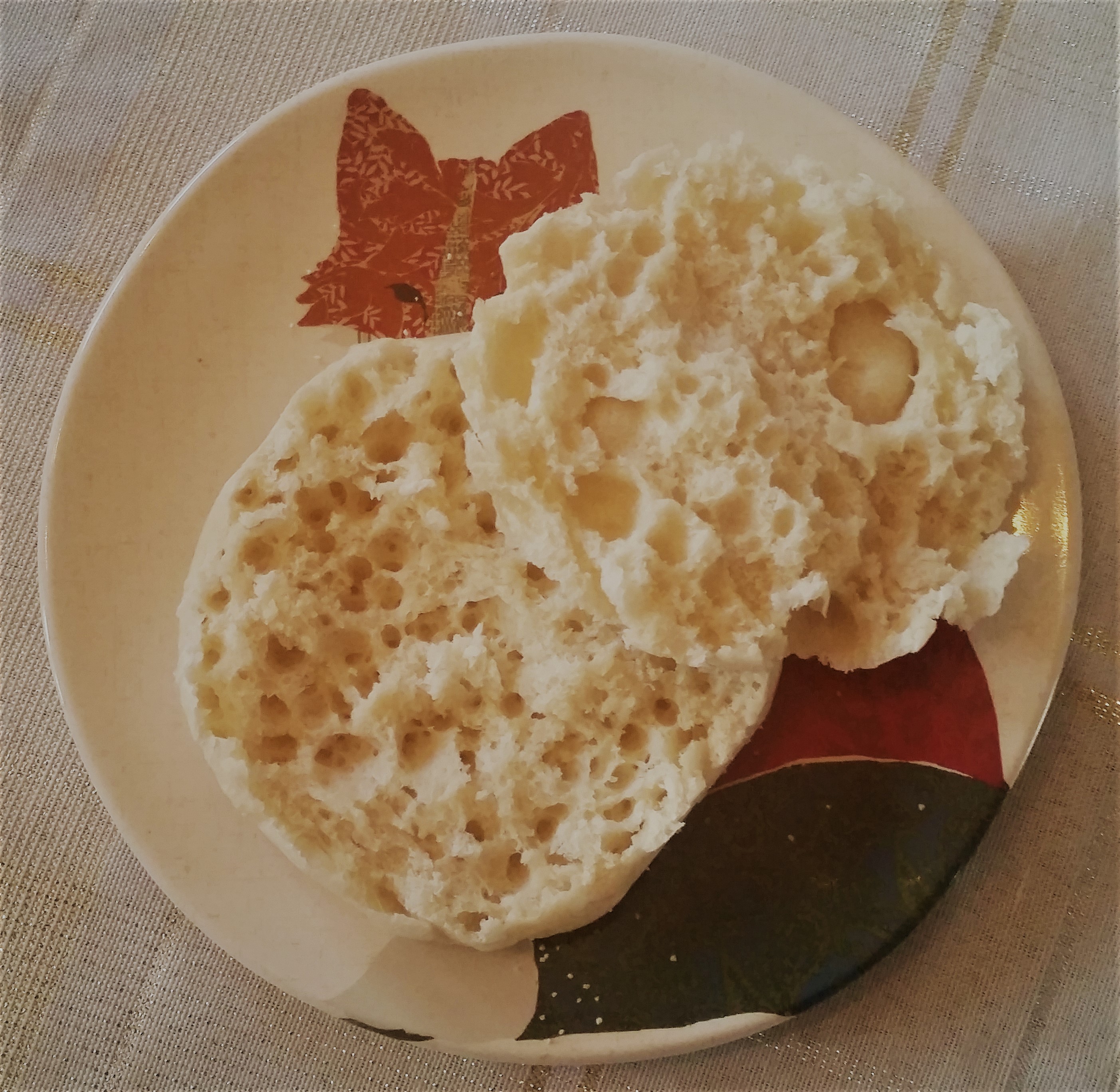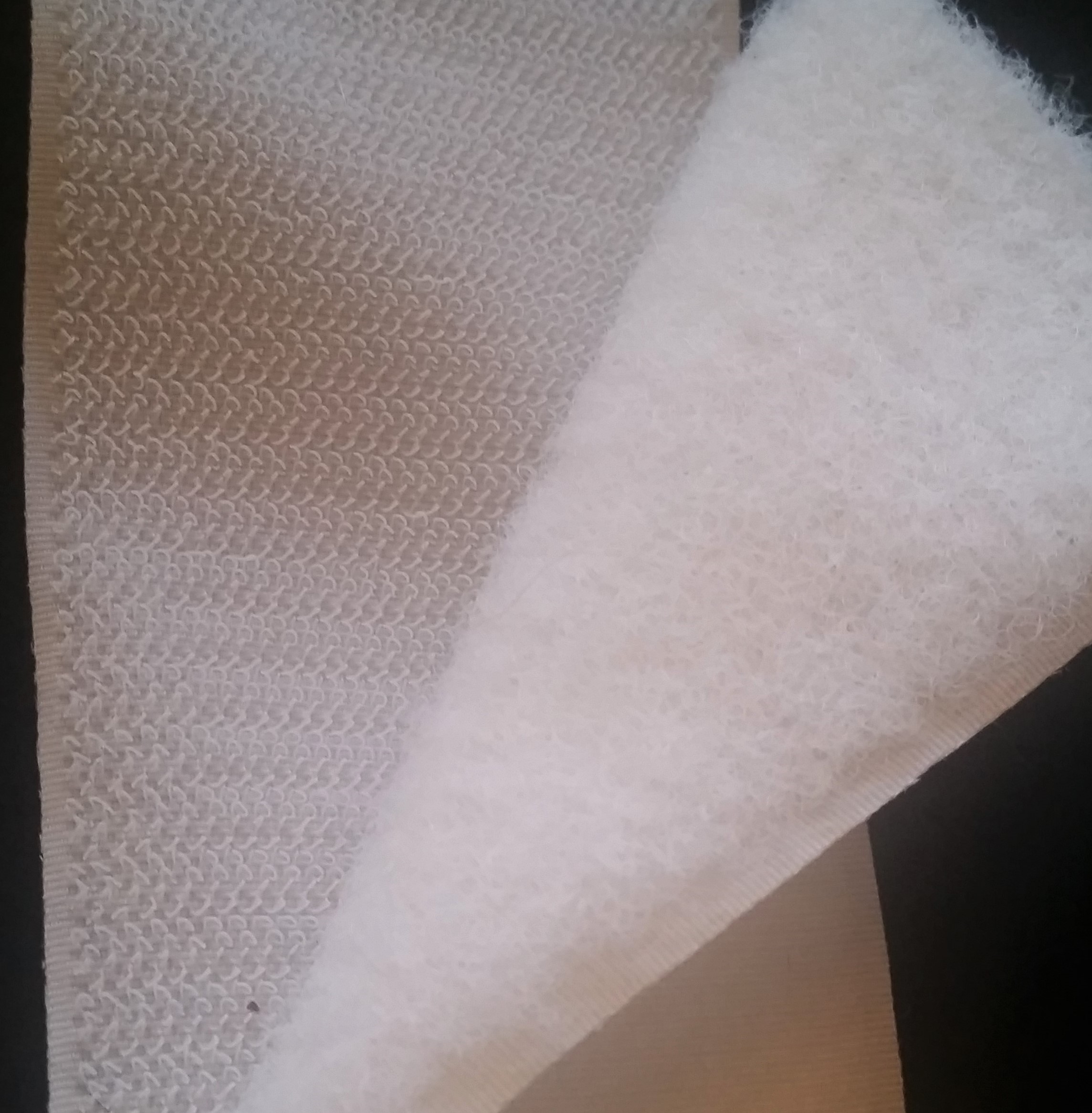I’m really stunned that my posts on Sharpies on Ceramics are so popular! Thanks for reading them, and thank you so much for all your comments!
The most common question, by far, is using a sealant on their project. Most people are hoping that there’s some sort of sealant that will allow them to use the inexpensive and ubiquitous Sharpies to make a dishwasher-safe ceramic or glass project. Sorry, it just isn’t going to work! I really wish I could make it work for you, but it just won’t. (See my post on Mod Podge on ceramics, for example.)
Why? There are very few general-purpose products that will stick to ceramic or glass surface. If Sharpies won’t stick, then sealants won’t stick, either. Why? It’s a non-porous surface.
 What does that really mean? Let’s back up and talk about what a porous surface is, first. A porous surface is like those English muffins with all the “nooks and crannies.” Those teeny, tiny nooks and crannies give paints, dyes, stains, etc., the ability to latch onto the porous surface and not let go. Wood, paper, fabric, unglazed pottery, cement, and brick are all porous surfaces. Markers, acrylic and latex paints, stains, and dyes all can settle into those nooks and crannies and they make a bond that’s difficult to break. Many craft materials are porous, so you can use markers and paints on most any craft material.
What does that really mean? Let’s back up and talk about what a porous surface is, first. A porous surface is like those English muffins with all the “nooks and crannies.” Those teeny, tiny nooks and crannies give paints, dyes, stains, etc., the ability to latch onto the porous surface and not let go. Wood, paper, fabric, unglazed pottery, cement, and brick are all porous surfaces. Markers, acrylic and latex paints, stains, and dyes all can settle into those nooks and crannies and they make a bond that’s difficult to break. Many craft materials are porous, so you can use markers and paints on most any craft material.
When you work with paper or cardboard, chances are, you’re not washing it, so it doesn’t matter whether the bond is permanent or not. It’s kinda difficult to remove mistakes on porous surfaces unless the bond it creates is very weak (think about erasing pencil marks). If you’re decorating fabric for clothing, you’ll certainly want to wash it. You’ll need to use permanent markers or certain kinds of paints that make a stronger bond with the porous fibers than washable markers. Various craft media use different kinds of colorants and different kinds of binders that determine how well they can hold on porous surfaces.
To reiterate: if you’re designing on fabric, you can choose media that can wash out or that won’t wash out. You’ll use the proper media for the job. You’ll keep the Sharpies away from young kids who might doodle on their shirts, but use them to capture the autograph of your favorite celebrity, for example.
Non-porous means that there are no pores (those nooks and crannies). The surface is extremely slick, with no nooks or crannies to grab onto. Non-porous surfaces are things like glass, ceramics, many plastics, and metal. Most non-porous surfaces hold water. Why? Nooks and crannies can touch each other, and, like a sponge, let liquid through. No pores means there are no holes for a liquid’s molecules to get from one side of the porous surface to the other.
So, if nothing can penetrate the surface, how do those craft materials designed for porous materials grab on to the surface? Well, they don’t. Sure, many can sorta stick to the surface temporarily, but most will wipe right off. To be really permanent, those permanent markers need pores to grab onto.
There are products made that stick much more permanently to non-porous surfaces. Many of them are oil-based, which is why oil-based Sharpies work so much better than the regular Sharpies (which are alcohol-based). Many others are applied through specialized process, like powder coating metal or glazing ceramics. In the case of glass and plastic, colorant is actually a part of the material itself. Through the magic of scientists with much more in-depth knowledge than I possess, they have found new, advanced compounds that will chemically adhere to non-porous surfaces like metal, glass, and plastic so that we can decorate items at home, without high temperatures or specialized equipment.
 Here’s another example. Think about the soft side of hook-and-loop tape: it’s got lots of nooks and crannies, or, well, loops. When the hook side is pressed to it, those hooks grab and lock into the crannies, er, loops. Think of the hook side as a marker or craft paint: the hooks lock into the crannies. (OK, we can peel them apart, and maybe that’s more like washing out washable marker. But the hooks aren’t separating from the loops without an effort; many paints can be stripped or dyes removed with a solvent.)
Here’s another example. Think about the soft side of hook-and-loop tape: it’s got lots of nooks and crannies, or, well, loops. When the hook side is pressed to it, those hooks grab and lock into the crannies, er, loops. Think of the hook side as a marker or craft paint: the hooks lock into the crannies. (OK, we can peel them apart, and maybe that’s more like washing out washable marker. But the hooks aren’t separating from the loops without an effort; many paints can be stripped or dyes removed with a solvent.)
Now try to press those hooks up on a window. Not catching at all, right? Very much like writing on a ceramic object with a regular, water-based, washable marker. It just doesn’t make a mark on the object at all, well, maybe just leaving a few little beads and streaks of pigment that are easily rinsed off.
Now imagine the loop side. I bet you can get it to “stick” to a vertical, fabric surface, like the back of an upholstered sofa or on your t-shirt. It’ll stay there indefinitely, until something brushes it or the t-shirt moves, in which case it easily falls off. This is like the Sharpie on the mug or glass: it’ll sorta stick, but because there are no hooks that can embed themselves into the loops or pores, it won’t take much to remove the design.
Like Sharpies, paints, and the other media discussed to put designs on our projects, many general-purpose sealants are designed for porous surfaces. Mod Podge is a terrific product, but pretty much designed for porous surfaces (there is one that is “dishwasher safe,” which would pretty much imply a non-porous item; porous items aren’t usually dishwasher-safe). Same with anything you’d seal paper or wood with. They bond because the sealant hooks into the pores. The sealant might form a non-porous surface (making it waterproof), but it needs a porous surface with which to bond.
If your design washes off, the sealant will likely wash off, too.
Sealants also impart a finish — glossy, matte, satin, or somewhere in between. But none of the finishes look like ceramics or glass. Putting one of these finishes on ceramics or glass will definitely dull the surface. If you paint it on, you’re likely to see brush strokes. A ceramic finish is nearly perfectly smooth; general purpose finishes applied at home aren’t going to look like ceramics. At all. Even if it could stay on.
So, how does a crafty person decorate glass and ceramics at home and make it look good? One way is to spend thousands on a kiln and assorted ceramics and glazes. Not terribly practical for a gift for your best friend. The other way is to get the right tool for the job. They exist. There are several kinds of glass paints available at your local craft store that will work. Other kinds are available online — though I totally understand that you can’t get instant gratification by running out tonight to get them, but they can be had by Amazon Prime or wait a few days longer for shipping from a specialty store.
You’ll hear me repeatedly tout the Pebeo Porcelain and Vitrail products. I’ve used them before, and they’re really easy to use, they are dishwasher safe, they wear very well, they look great, they come in markers and paints, and they are roughly the same price as oil-based Sharpies. I’m sure there are other products (I’ve used a few and reviewed them here), too. Find a specialty product and use it. You’ll also not have to spend the time and money on a sealant coat. Here’s a place where I got great prices and fast service, linking directly to their glass paints page: http://www.markersupply.com/glassmarkers.html.
So please, save yourself time, money, and effort. Get the right product for the job, and don’t try to make general purpose craft products do something they aren’t designed to do.
Disclosure of Material Connection: I have not received any compensation for writing this post. I have no material connection to the brands, products, or services, such as Pebeo and MarkerSupply.com that I have mentioned. I am disclosing this in accordance with the Federal Trade Commission’s 16 CFR, Part 255: “Guides Concerning the Use of Endorsements and Testimonials in Advertising,” as well as to let you, the reader, know that these are truly unbiased opinions.
I’m getting ready to paint tiles for a backsplash. Porceline 150 it is. Thank your for your well researched and tested posts. A+++
Thank you so much for your kind words! I think you’ll be happy with the Porcelaine product. Enjoy your project! Post a picture when you’re done. I’d love to see it.